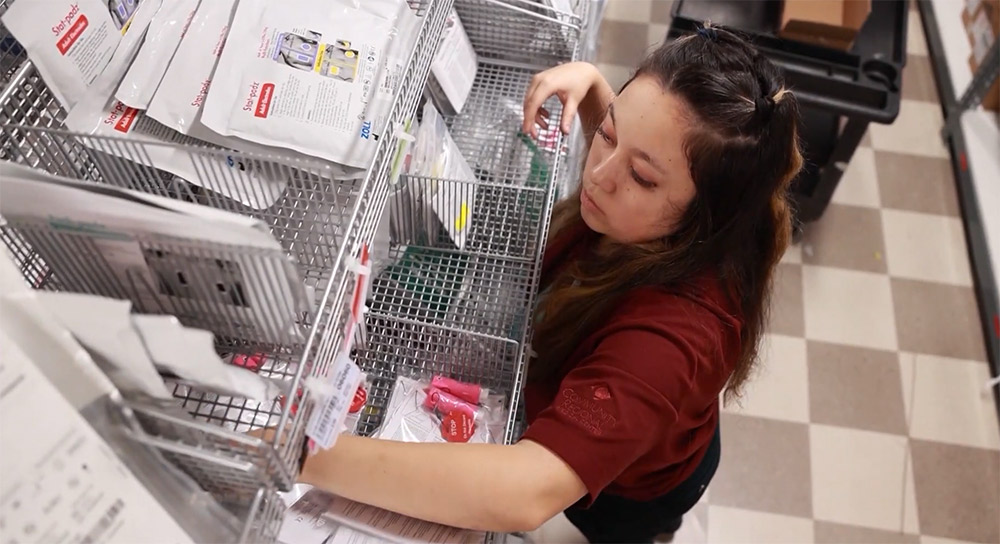Late summer and fall are the most common months for reports of Valley Fever cases. The California Department of Public Health (CDPH) says there has been a steady increase in Valley Fever over the last few years.
Why is this time of year so popular?
Valley Fever is caused by a spore in the fungus of soil most often in California, Arizona and other areas of the southwestern U.S. People get infected with Valley Fever — otherwise known as coccidioidomycosis — by breathing in the spores present when soil is disturbed, like during construction or when it’s windy. And during late summer and fall, harvesting loosens the soil in our agricultural areas.
Most infected people will not show signs of illness with Valley Fever. But some may have symptoms similar to other illnesses including influenza or bacterial or viral pneumonia. The flu-like symptoms can last for several weeks. Most people fully recover but others are affected more severely with the disease and can have complications that may be life threatening.
Common symptoms of Valley Fever
The symptoms often go undiagnosed or are misdiagnosed, so the CDPH says it’s really important to be aware of its symptoms — especially if you live in the south San Joaquin Valley and Central Coast where it is more common.
Common Valley Fever symptoms include:
Fatigue (tiredness)
Cough
Fever
Shortness of breath
Headache
Night sweats
Muscle aches or joint pain
Rash on upper body or legs
How to avoid getting Valley Fever
Of course, the best thing you can do is to avoid getting Valley Fever. Here are the best ways to take extra precaution during peak season:
Avoid breathing in dirt or dust
Stay inside and keep windows and doors closed
While driving, keep windows closed and turn on air conditioning
Wear a properly fitted mask (N95 type) when working around soil
Refrain from disturbing the soil
Limit exposure to dust
Who is at risk for getting Valley Fever?
People with the most risk of contracting Valley Fever are those over 60 years of age, pregnant women and people with diabetes or conditions that weaken their immune system.
Some populations at greater risk are African-Americans, Hispanics, Native Americans and Filipinos, likely due to genetic reasons.
If you think you have Valley Fever, contact your healthcare provider.






